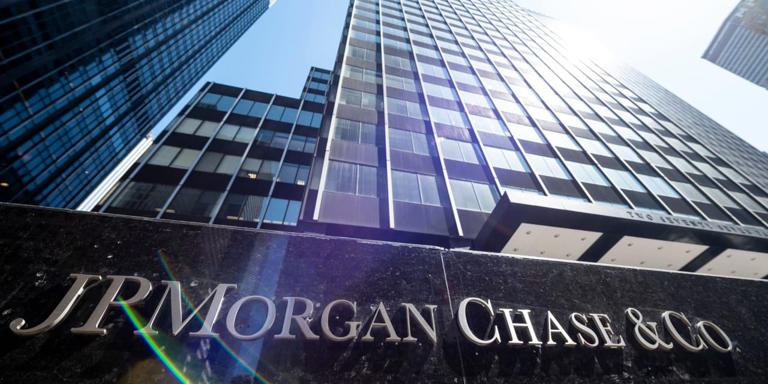As the first-quarter earnings season approaches, there is a palpable anticipation that the most significant confrontations against inflation may have already taken place, while the ramifications of smaller skirmishes could be in the early stages of unfolding.
These forthcoming earnings reports are widely anticipated to offer a comprehensive vista of what lies ahead for the year 2024, following three consecutive years characterized by various factors contributing to price escalations or enduring high prices.
In 2021, the economy grappled with the aftermath of pandemic-induced shutdowns and supply chain disruptions, setting the stage for a tumultuous period. The subsequent year, the conflict in Ukraine added further pressure to an already strained global economic landscape. By 2023, as the Federal Reserve took decisive steps to curb inflation by raising interest rates, consumers were feeling the strain of elevated prices for essential goods, leading to growing suspicions of opportunistic pricing strategies by companies amidst the prevailing economic uncertainties.
However, these historical disruptions may have represented the relatively easier phase of the Federal Reserve’s battle against inflation, according to Matt Stucky, chief portfolio manager of equities at Northwestern Mutual Wealth Management. He suggests that the current phase poses more formidable challenges, demanding a nuanced approach from businesses and policymakers alike.
Despite the robust employment trends and wage growth that have helped sustain elevated prices and interest rates, consumer caution persists, alongside expectations of an eventual economic slowdown. March’s strong job figures, surpassing expectations, indicate resilience in the labor market and suggest a growing acceptance of the prevailing economic conditions as the new norm.
Glen Smith, chief investment officer at GDS Wealth Management, notes that the robust labor market signals the economy and companies’ adaptation to high-interest rates, underscoring their ability to navigate the current environment effectively.
As the earnings season unfolds, investors are eyeing modest profit growth for corporate America, buoyed by sustained consumer demand and companies’ efforts to optimize profitability through cost-cutting measures. However, lingering concerns persist among executives regarding challenges faced by lower-income consumers, delayed bill payments, and disruptions in commercial real estate.
While growth in the technology sector is expected to continue driving market performance, investments in artificial intelligence and ongoing antitrust actions may introduce uncertainties and test investor patience.
Analysts project earnings-per-share growth of 3.2% for S&P 500 companies in the first quarter, down from earlier forecasts of 5.7%. Profit margins are expected to improve, reflecting cost-saving measures implemented by corporations.
As earnings reports roll in, investors will closely monitor corporate guidance and outlooks, with any signs of weakness likely to impact market sentiment. Notable companies reporting this week include Delta Air Lines and JPMorgan Chase, whose performance and insights into the broader economy will be closely scrutinized.
In summary, while the earnings season is expected to provide insights into corporate performance and economic trends, the market remains vigilant amidst lingering uncertainties and potential headwinds, such as inflationary pressures and geopolitical tensions. This period serves as a crucial juncture for businesses and investors alike to assess the trajectory of the economy and navigate the evolving landscape with prudence and adaptability.
